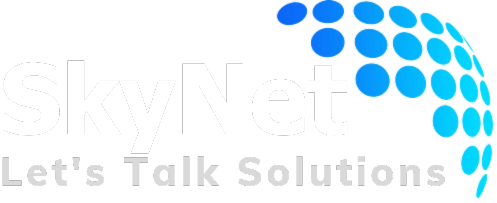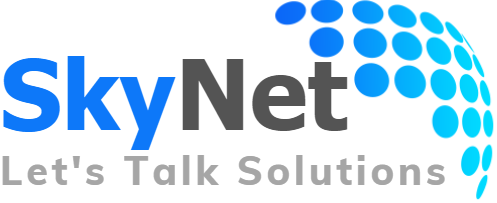Implementing an effective queue management system (QMS) can significantly enhance customer satisfaction and streamline service delivery. With numerous options available, it’s essential to choose a system with the right features to meet your business needs. This article outlines the top features to look for in a queue management system.
1. Automated Queue Allocation
Automated queue allocation is a fundamental feature that ensures efficient and fair distribution of customers to available service points.
- Smart Allocation: The system should intelligently assign customers based on predefined criteria such as service type, priority, and agent availability.
- Dynamic Adjustments: Look for a system that can dynamically adjust queue allocations based on real-time conditions to optimize service flow.
2. Real-Time Monitoring and Analytics
Real-time monitoring and analytics provide insights into the status of queues and overall service performance.
- Live Dashboards: Interactive dashboards displaying real-time data on queue lengths, wait times, and service efficiency.
- Performance Metrics: Track key performance indicators (KPIs) such as average wait times, service times, and customer throughput.
- Historical Data: Access to historical data for trend analysis and performance evaluation.
3. Customer Notifications and Alerts
Keeping customers informed about their queue status is crucial for managing expectations and reducing frustration.
- SMS and Email Alerts: Automated notifications to inform customers of their queue position and estimated wait time.
- Mobile App Integration: Provide a mobile app for customers to check their status and receive updates.
- Visual and Audio Alerts: In-venue alerts via digital signage and public address systems.
4. Self-Service Options
Self-service options empower customers to manage their own queueing experience, enhancing convenience and satisfaction.
- Self-Service Kiosks: Kiosks for customers to check-in, select services, and receive queue tickets.
- Online Booking: Allow customers to book appointments and join virtual queues through your website or mobile app.
- QR Code Scanning: Use QR codes for quick and easy self-check-in.
5. Digital Signage Integration
Digital signage enhances communication by providing real-time information to customers waiting in line.
- Queue Status Displays: Screens showing current queue status, estimated wait times, and ticket numbers being served.
- Informational Content: Display promotional messages, service information, and announcements to engage waiting customers.
- Interactive Touchscreens: Interactive displays for customers to access information and services.
6. Advanced Reporting and Analytics
Advanced reporting capabilities are essential for continuous improvement and strategic decision-making.
- Customizable Reports: Generate detailed reports tailored to specific metrics and timeframes.
- Export Options: Export data in various formats (PDF, Excel, etc.) for further analysis.
- Predictive Analytics: Utilize predictive analytics to forecast demand and optimize resource allocation.
7. Employee Management Tools
Effective employee management tools help optimize staff performance and ensure high-quality service delivery.
- Staff Scheduling: Automated scheduling tools to align staff availability with expected demand.
- Performance Tracking: Monitor employee performance through metrics like service time, customer feedback, and task completion.
- Training Modules: Integrated training and feedback systems to support continuous employee development.
8. Scalability and Flexibility
A scalable and flexible QMS can grow with your business and adapt to changing needs.
- Modular Design: Ability to add or remove features and modules based on your evolving requirements.
- Cloud-Based Solutions: Cloud integration for scalability, remote access, and reduced infrastructure costs.
- Customizable Workflows: Tailor workflows to suit specific business processes and customer service models.
9. Integration Capabilities
Seamless integration with other systems enhances the functionality and effectiveness of your QMS.
- CRM Integration: Connect with your Customer Relationship Management (CRM) system to access customer data and history.
- POS Integration: Integrate with Point of Sale (POS) systems to streamline service and payment processes.
- API Access: Use APIs for easy integration with third-party applications and services.
10. Customer Feedback System
Collecting and analyzing customer feedback is vital for improving service quality and customer satisfaction.
- Feedback Terminals: Terminals or kiosks for customers to provide immediate feedback on their experience.
- Surveys and Forms: Post-service surveys and feedback forms delivered via email or mobile app.
- Real-Time Alerts: Instant alerts to management about negative feedback for prompt resolution.
Conclusion
Choosing the right queue management system involves selecting features that align with your business objectives and enhance the customer experience. From automated queue allocation and real-time monitoring to advanced reporting and customer feedback, these features collectively contribute to a more efficient and satisfactory service delivery.
At SkyNet Technologies in Kampala, Uganda, we offer cutting-edge queue management solutions tailored to meet your specific needs. Our systems are designed to streamline operations, improve customer satisfaction, and provide valuable insights into your service processes. Contact us today to learn more about how our queue management systems can transform your business.





